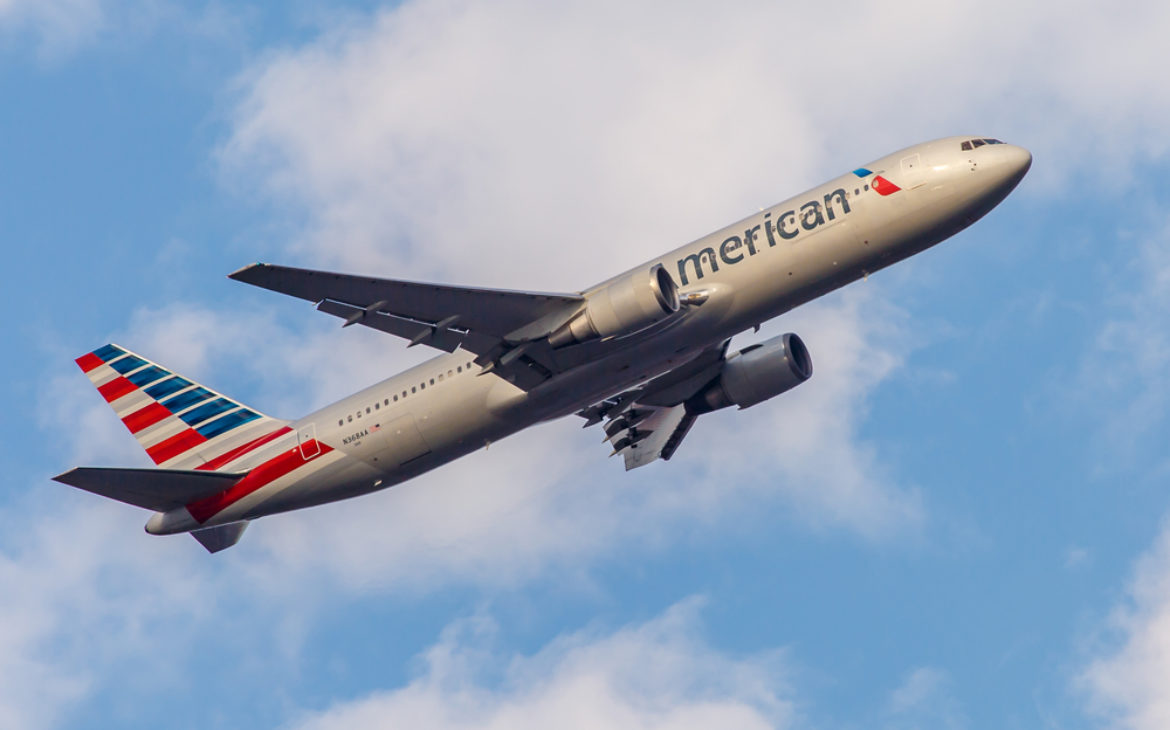Airlines in the United States may have to cancel flights this summer as they scramble to meet the Federal Aviation Administration’s (FAA) deadline to upgrade radio altimeters to prevent interference with 5G networks. However, some question whether such measures are even necessary.
In January 2022, 5G mobile networks utilizing C-band spectrum were introduced in the US. Fears that next-generation networks could obstruct equipment performance have been expressed due to the frequencies’ proximity to those used by plane radio altimeters, which provide highly accurate information about an aircraft’s height above the ground.
The data provided by the radio altimeters informs other safety equipment in the aircraft such as navigation instruments, terrain awareness systems, and collision avoidance systems. Any interference with the equipment could be dangerous.
To avoid potential life-threatening situations, the FAA has mandated that aircraft have radio altimeters with minimum performance standards for low visibility landing procedures. Any altimeters that do not meet the performance level required by the federal government would have to be replaced or upgraded at the airline’s expense.
The International Air Transport Association (IATA) estimates that the cost of radio altimeter upgrades for an entire fleet will be more than $638 million.
The 5G network safety issue around radio altimeters has resulted in US carriers like AT&T, T-Mobile, UScellular and Verizon slowing their full rollout of 5G services. They collectively agreed to extend voluntary mitigation measures for 5G C-band transmissions at 188 US airports until January 2028, according to the IATA. It was originally expected to be completed by July 1 this year.
While the deadline extension is appreciated, IATA noted in its statement that the industry had been trying to work with the FAA and telecoms “for years” regarding the risks to the smooth flow of air traffic, but that the response had come “at the eleventh hour” – only when the operators agreed to 5G transmission power limits near airports. The FAA considers the risk in low visibility conditions is still high enough to warrant restrictions on airlines.
“Airlines did not create this situation, they are victims of poor government planning and coordination,” said Nick Careen, IATA’s senior vice president of operations, safety and security. “Industry concerns about 5G, expressed for many years in the appropriate forums, were ignored and overridden.” He continued:
Half-measure solutions have been foisted upon airlines to implement at their own expense and with little visibility into their long-term viability. This extension is an opportunity for all stakeholders, including telcos, government regulators, airlines and equipment manufacturers, to work together for a fair and equitable solution.
